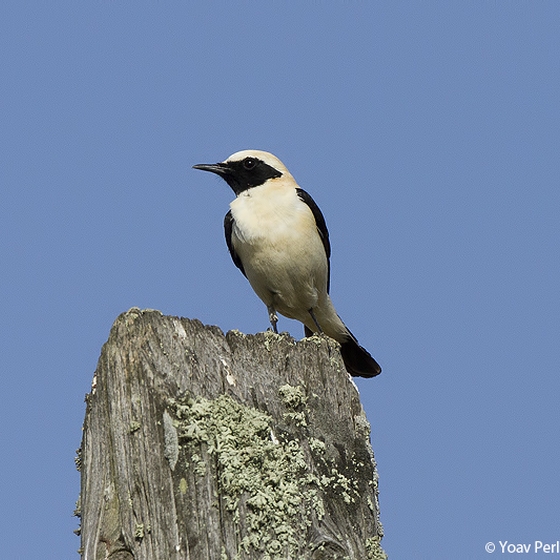Western Black-eared Wheatear
Oenanthe hispanica (Linnaeus, 1758)
WBEWH  11481
11481

Family: Passeriformes > Muscicapidae

Western Black-eared Wheatear breeds in Iberia, southern France and northern parts of Italy, and winters in central and west Africa, south of the Sahara.
Split from Eastern Black-eared Wheatear in 2019, following the publication of a study published the previous year, this is a rare vagrant to Britain and even rare one to Ireland.
Identification
Develop your bird ID skills with our training courses
Our interactive online courses are a great way to develop your bird identification skills, whether you're new to the hobby or a competent birder looking to hone your abilities.
Browse training coursesStatus and Trends
Population size and trends and patterns of distribution based on BTO surveys and atlases with data collected by BTO volunteers.
CONSERVATION STATUS
This species can be found on the following statutory and conservation listings and schedules.
| Schedule 1 license required (to disturb) | No |
| Birds Directive Annex 1 | No |
Movement
Information about movement and migration based on online bird portals (e.g. BirdTrack), Ringing schemes and tracking studies.
RINGING RECOVERIES
View a summary of recoveries in the Online Ringing Report.
Biology
Lifecycle and body size information about Western Black-eared Wheatear, including statistics on nesting, eggs and lifespan based on BTO ringing and nest recording data.
PRODUCTIVITY & NESTING
Sample sizes are too small to report Productivity and Nesting statistics for this species.
CODES & CLASSIFICATION
Field Codes 
|
5-letter code: WBEWH | Euring: 11481 |
For information in another language (where available) click on a linked name
Links to more studies from ConservationEvidence.com
- Potential influence of habitat and predation on local breeding success and population in spotted flycatchers Muscicapa striata
- Calcium supplementation of breeding birds: directions for future research
- Does supplementary calcium reduce the cost of reproduction in the pied flycatcher Ficedula hypoleuca?
Read more studies about Western Black-eared Wheatear on Conservation Evidence >
Would you like to search for another species?




Share this page